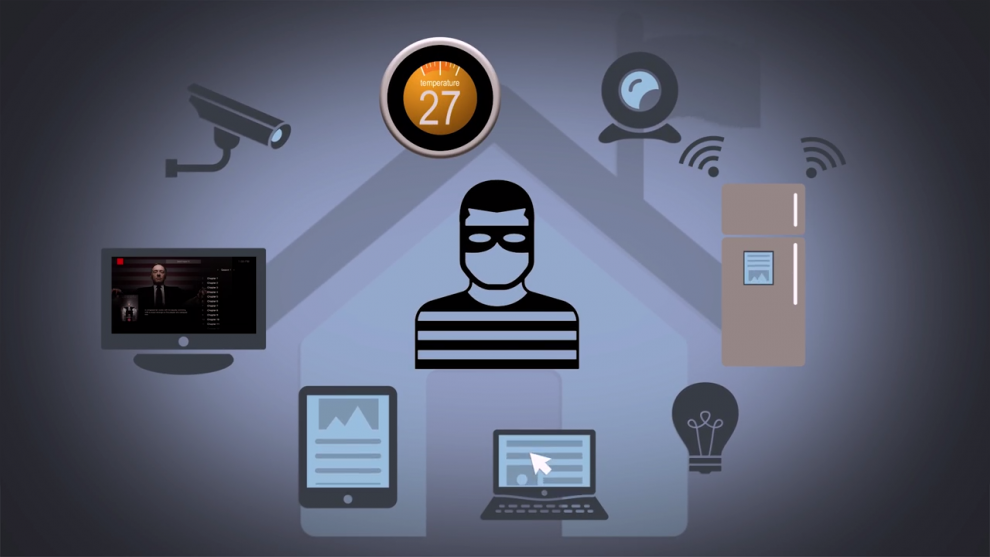Threats to IoT Devices
In recent years, IoT has become embroiled in controversy related to security and privacy issues. Anything connected to the Internet is open to threats. Here are five significant threats that affect IoT devices.

The Internet of Things, popularly referred to as IoT is an intelligent infrastructure with the collaboration of tiny sensors and devices connected to the Internet. The dawn of these devices has been giving new challenges to security and privacy in the end to end communication of things. The protection of data and the privacy of things is one of the critical challenges in the IoT. In recent years, IoT has become embroiled in controversy related to security and privacy issues. Anything connected to the Internet is open to threats. Here are five significant threats that affect IoT devices.
1. Brute force attacks — This form of attack occurs when intruders attempt to guess the passwords for IoT devices available over the Internet. This can be achieved with the help of automated software, which makes innumerable attempts until the right password grants access. IoT devices operate on low power and less computing resource capability. As such, they cannot afford to have sophisticated security protocols, therefore becoming easy targets for intruders.
2. Controlled Attacks — Denial of Service (DoS), Trojans, and viruses are examples of controlled attacks. In such cases, intruders develop a virus that is programmed to destroy the host device. IoT developers must be vigilant while working on IoT solutions since hackers today have strong artillery to launch cyber-attacks around the globe.
3. Stalking or Tracking — A malicious individual could track or trace every movement of their target through the UID of the IoT device. Tracking a user gives away the precise location in time where said user would wish to remain anonymous. Since IoT devices are used and operated by humans, an intruder may want to gain unsolicited access.
4. Radio Frequency (RF) Jamming — Some wireless IoT devices, such as alarm security devices, maybe blocked via radio jamming. Radio jamming is deliberate blocking or interference with wireless communications. By purchasing and use an illegal RF jammer device, a malicious individual can cause IoT devices to lose connectivity, limiting their ability to communicate with the network. With limited network access, some IoT devices such as alarm systems may fail to function correctly, thus enabling successful break-ins.
5. Network hacks — Network hacks occur when devices are compromised via the network to which they are connected. This type of breach enables hackers to gain control of the device and operate it as they like. For example, hackers might hack into a thermostat to control temperature of an industrial furnace and cause harm to a factory.
In concluding, until and unless we do not address and come face to face with the evils of the Internet, we would not be able to create countermeasures that protect us from these threats. Any threat, be it on IoT or on a website, is backed by a purpose. In 100% of the cases, these threats or attacks are human generated.
